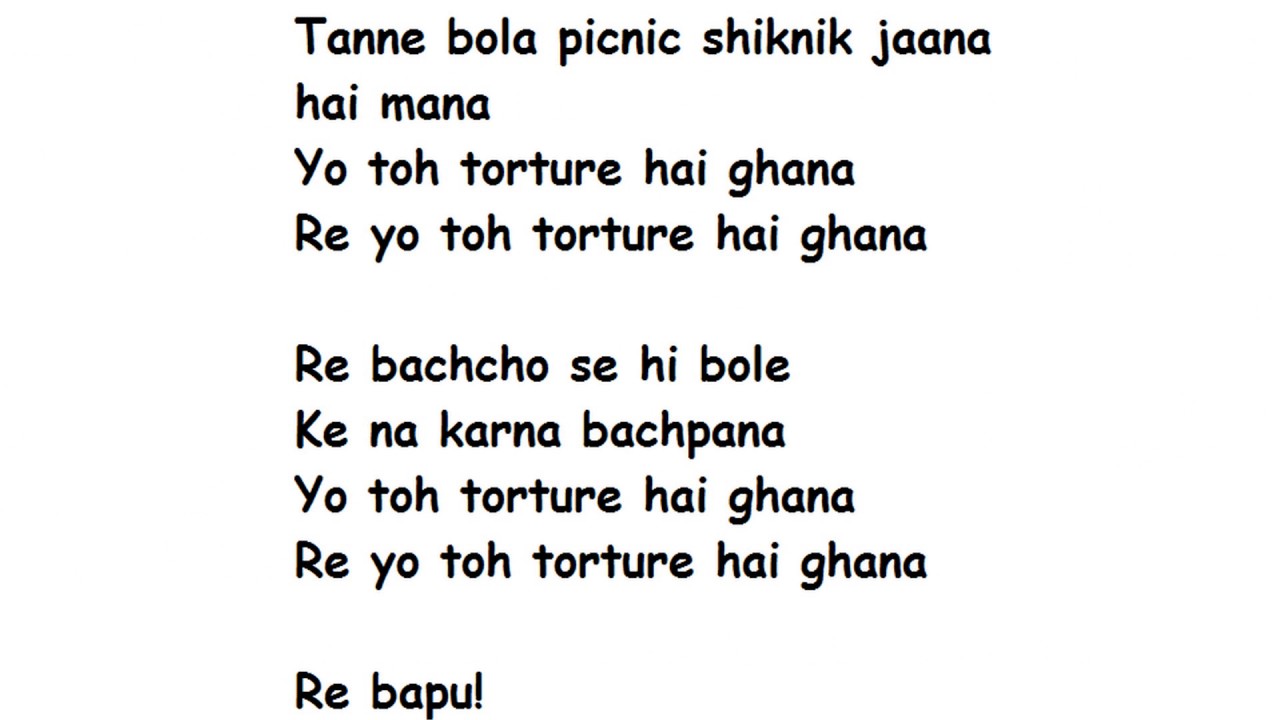

Lava’s Indics handle these issues with great skill and ease.Īlthough greatly influenced by the classical contrast and proportions of traditional calligraphy, the Indic versions of Lava have an air of freshness and modernity. It has the “shirorekha”, or headline, which calls for a good degree of weight management in the strokes, especially in heavier weights. Devanagari, on the other hand, is the most common of the North Indian scripts.

Kannada and Telugu are South Indian scripts with heavier horizontals, and are rich in vertical conjunct clusters that can make the texture of any body text erratic. In my opinion, this confidence and familiarity are what bring all of the scripts supported by Lava into harmony while keeping them true to their individual nature.ĭevanagari, Kannada, and Telugu belong to two different script systems under the Indics umbrella, and each comes with its own set of challenges.

Knowing these scripts as natives gave the designers the confidence to stretch and play with the design within the constraints of an editorial brief. To lead the type family into the universe of Indic scripts, Typotheque collaborated with type designers Parimal Parmar, who drew the Devanagari and Ramakrishna Saiteja, who drew Kannada and Telugu companions for Lava Latin, designed by Peter Biľak. First released as a Latin family in 2013, the highly legible and readable Lava was designed to facilitate long-form reading on screen and in print.


 0 kommentar(er)
0 kommentar(er)
